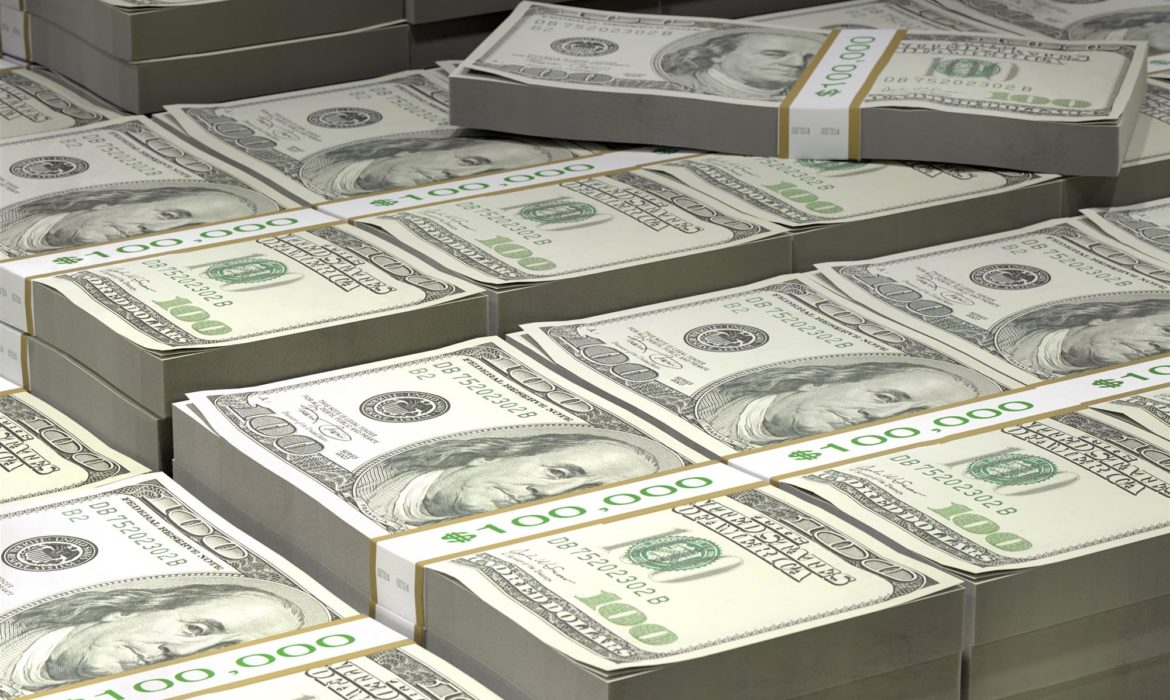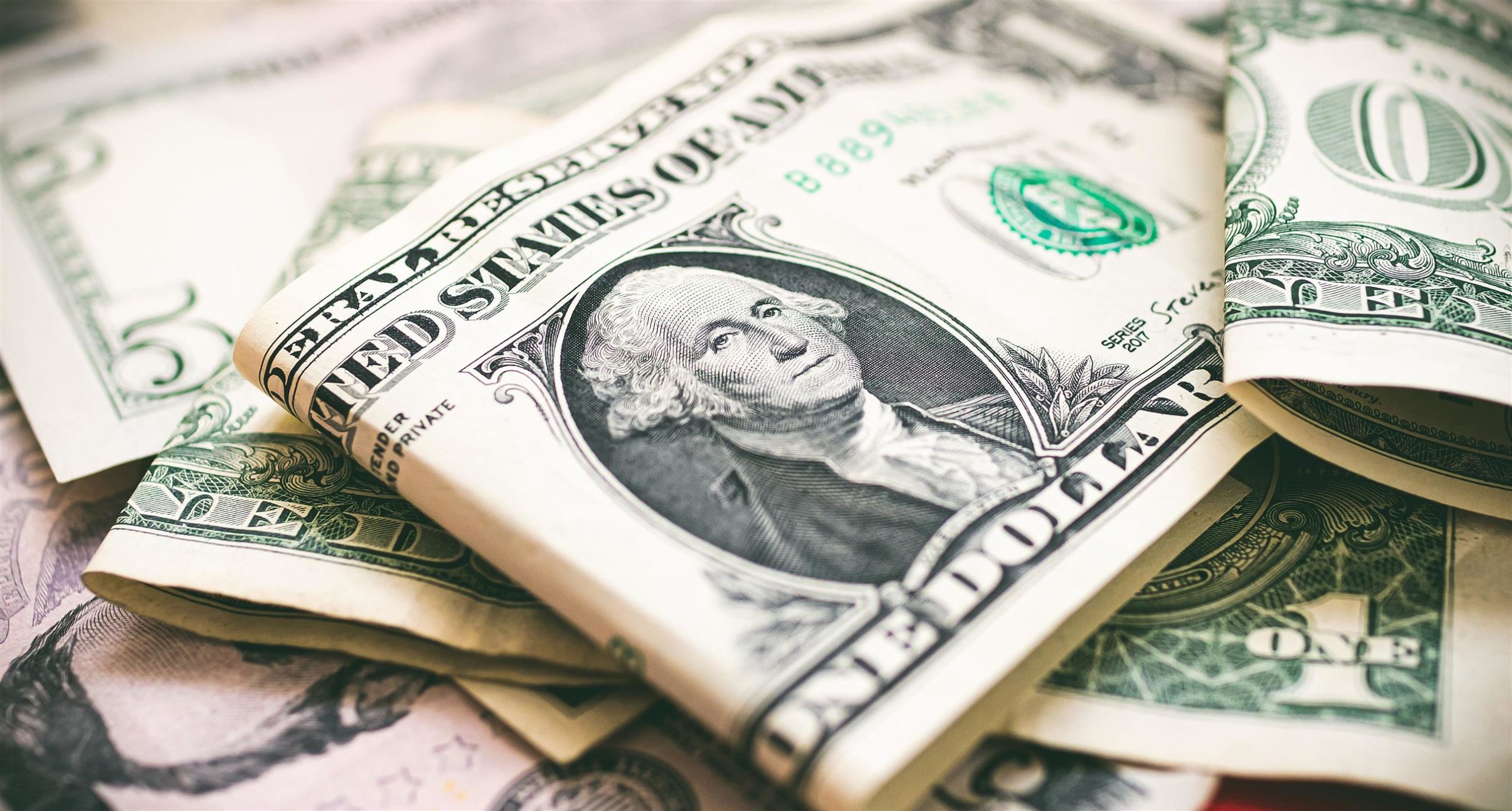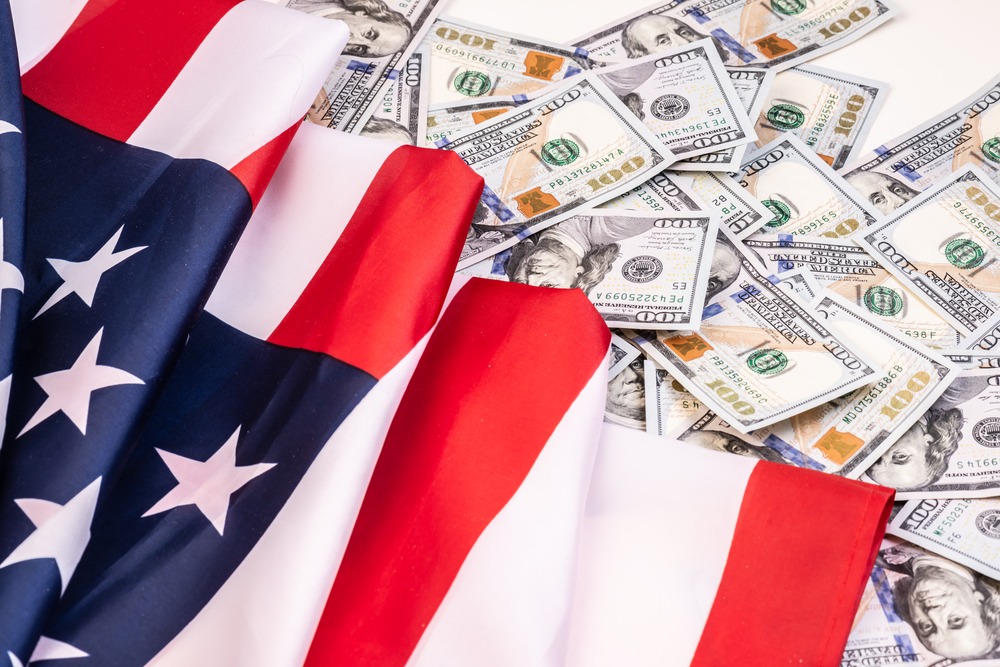The world’s reserve currency demonstrated its strength on Friday. The U.S. dollar was on course for its biggest weekly rise in seven months as bets of higher interest rates triggered the U.S. unit’s gains versus rivals.
U.S. Treasury yields steadied in London trading with 10-year yields rising slightly higher but staying well below the two-year highs of nearly 1.9% hit on Monday.
The single currency nursed losses on Friday. The euro rose to $1.1152.
World’s reserve currency and the economy
The world’s largest economy surpassed expectations. During the October-December period, the country’s gross domestic product (GDP) increased at a 6.9% annualized pace according to the Commerce Department.
What’s even more interesting about the U.S. economy is that gains came from increases in private inventory investment. Strong consumer activity exports, and other factors also helped to boost the economy.
The fourth quarter brought an end to a 2021 that saw a 5.7% increase in annualized GDP. The world’s largest economy tried to pull away from the unprecedented drop in activity during the early days of the pandemic.
The country’s economy still has to deal with a number of issues. Unfortunately, supply chain issues tied to the pandemic coupled with robust demand led to imbalances across the economic spectrum.
The Japanese yen hovered at 115.43 to the world’s reserve currency.
The Australian and New Zealand dollars declined on Friday. The New Zealand dollar fell to its lowest level in more than a year to $0.6570.
For the week so far, the U.S. currency gained about 1.7% on the euro and nearly 2% on the Antipodeans. The dollar index which tracks the greenback surpassed 97 for the first time since July 2020.
The British pound fell to a one-month low of $1.3385 on Thursday. However, it recovered back to $1.3409 as traders await the Bank of England’s meeting.
















